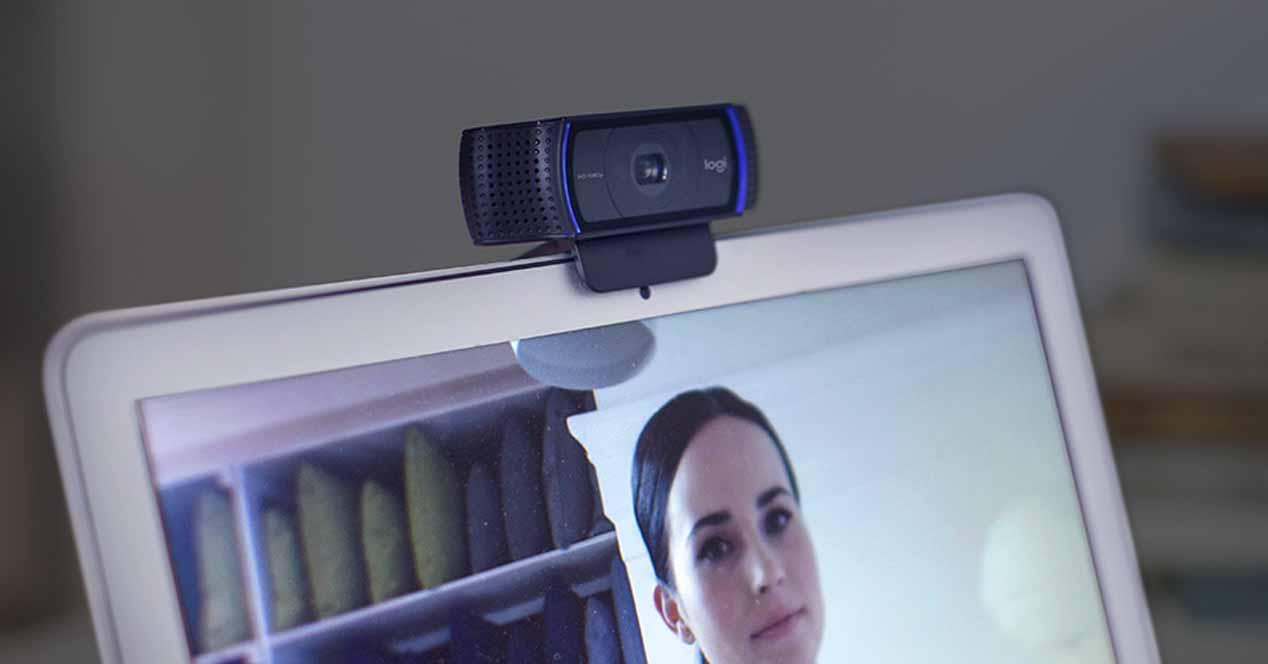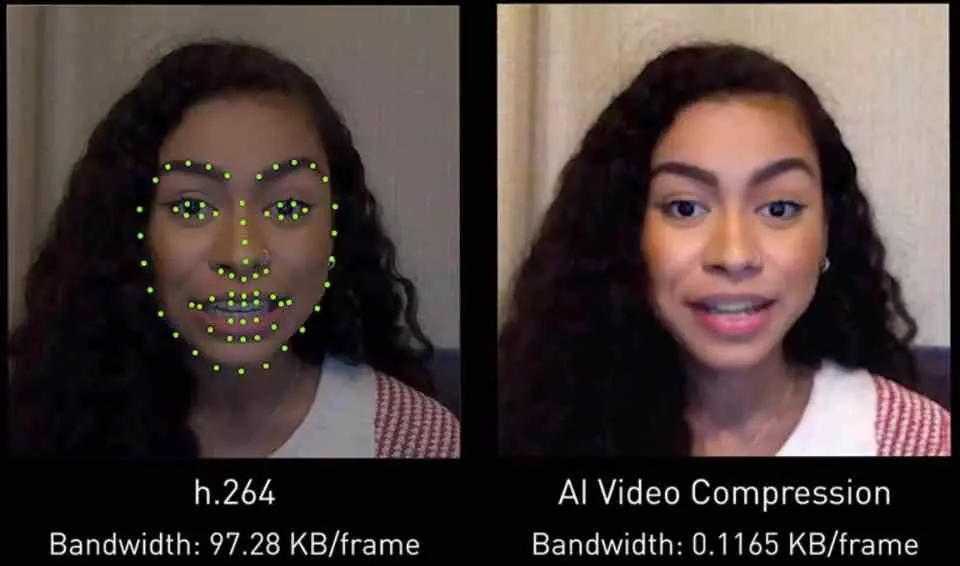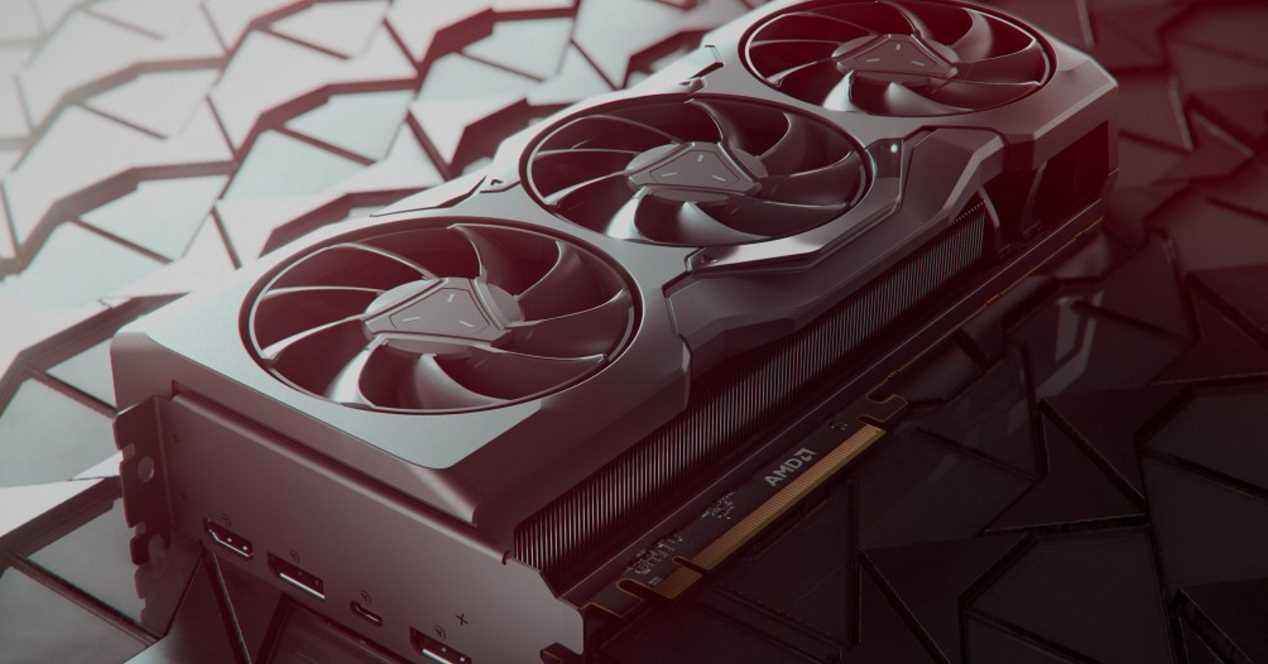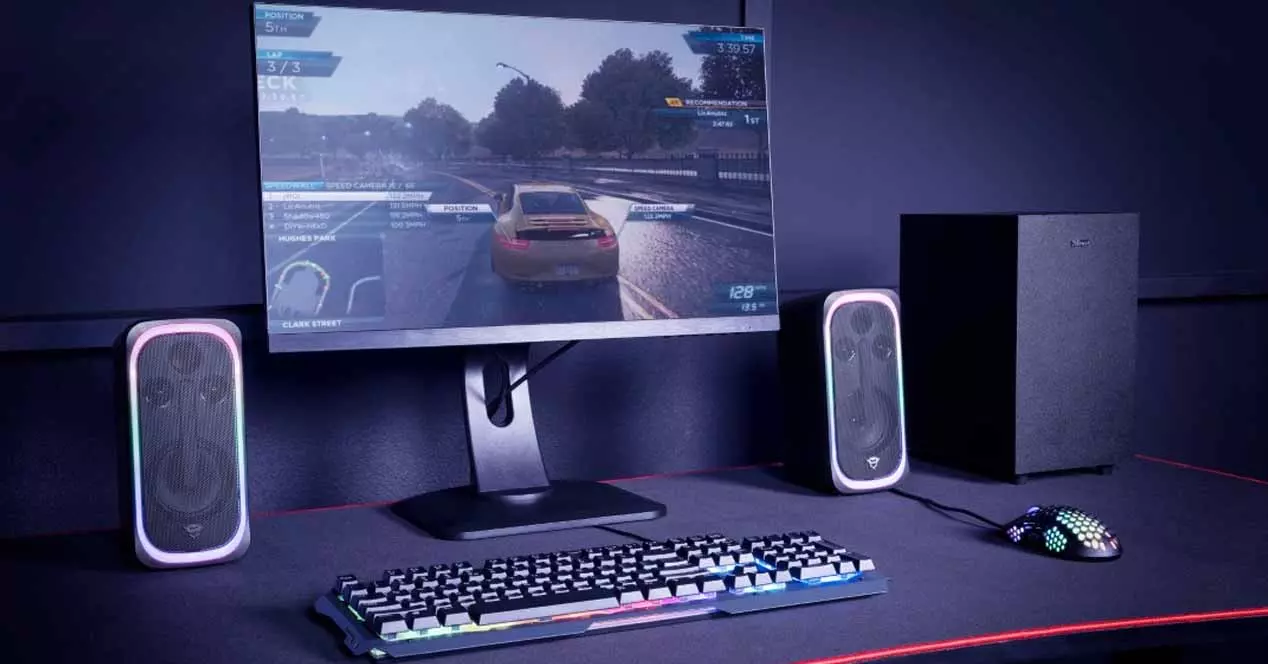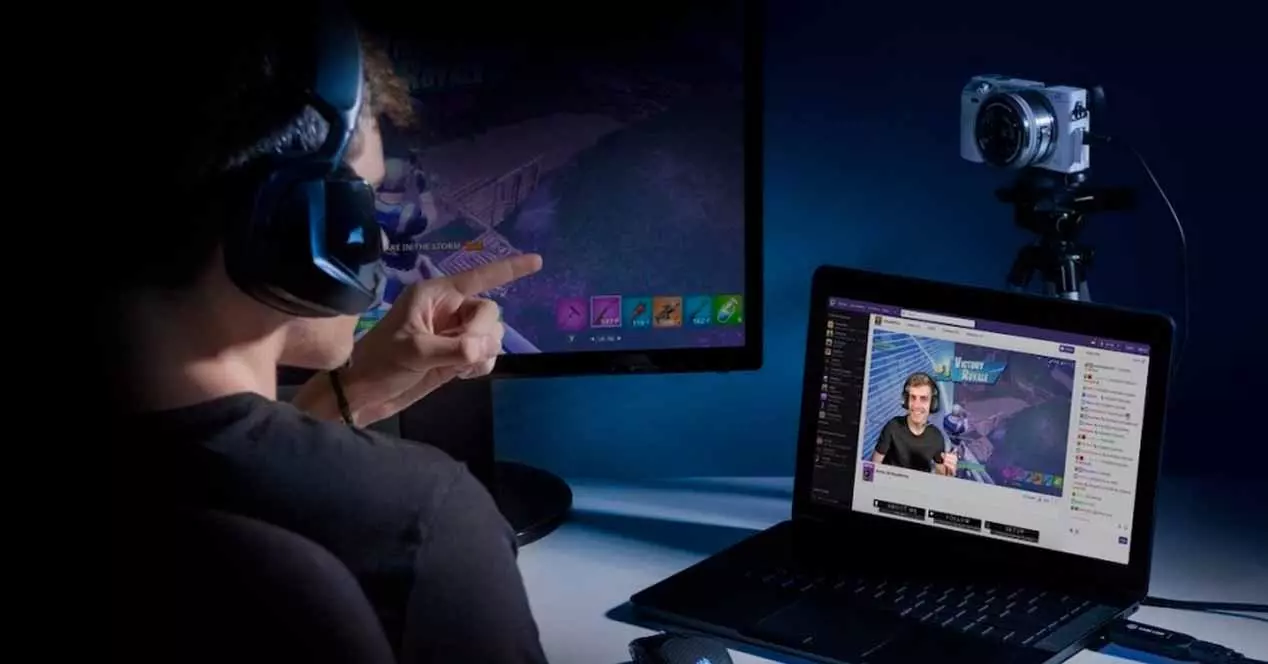
One of the problems that webcams have always had is the poor quality they have compared to what users can reproduce, despite the fact that today they are used for high quality video streaming over the internet where the quality Image is key in the experience.
Although it is true that improvements can be added through software programs, the era of accelerators and smartphone technology can be used to improve the hardware of webcams and free the PC from certain tasks.
Webcam hardware improvements
A webcam is nothing more than a simplified video camera, the input problem is therefore the encoding of the video captured by it, which in the simplest models ends up in the hands of the CPU and this is where we are faced with a large trouble. The video recorded by the camera does not go to the VRAM, but to the RAM. All this means that it is not the video codec that directly encodes in a specific format and the CPU is required to be the one that manages the sending to the video RAM or, failing that, does it itself.
The throttle trap is not just doing the same job in less time, it’s doing the same job on a portion of the energy consumption. The fact that a webcam has inside a small microcontroller based on the technology of a SoC for smartphones saves the CPU from having to encode the video. A neural processor, like the one found in the latest smartphone chips, can also be added into the microcontroller, which means adding AI capabilities to the webcam.
Artificial intelligence utilities in a webcam
Adding AI-centric hardware elements to a webcam is nothing new. After all, it is what is used in automated driving based on computer vision. Of course, our goal when using a webcam is not to drive a vehicle, but the hardware used is the same in both cases, a processor or neural network with the ability to run deep learning algorithms.
The applications of it? We have made a list so that you can see it much better:
- System of video compression advanced via artificial intelligence.
- Ability to change the background during live broadcast without using a chroma with post editing.
- Improve the sound quality during transmissions.
- Frame interpolation to generate additional intermediate frames and increase stream fluency.
- Video transcoding in combination with an integrated VPU to be able to transmit at several different resolutions and codecs.
- Super-resolution algorithms to increase the image definition from a low resolution webcam.
All of these functions can be performed with extremely inexpensive hardware, low in cost and does not require high-powered processors, which is much more efficient than using the CPU or GPU, whether integrated or dedicated.
